Introduction to Needle Guns
In the realm of metalworking and surface preparation, needle guns have emerged as essential tools. They excel in removing rust, old paint, and other contaminants from metal surfaces, making them invaluable in various industrial, automotive, and marine applications. This guide delves into the intricacies of needle guns, from their definition and common uses to their maintenance, ensuring that users are well-equipped to select and utilize these powerful tools effectively.
What is a Needle Gun?
A needle gun, also known as a needlegun scaler, is a pneumatic or electric tool designed to clean rusty, dirty, or painted surfaces through a rapid hammering motion. It operates using multiple, thin, high-speed needles that move back and forth to dislodge contaminants adhering to surfaces. Unlike traditional abrasive cleaning methods, needle guns offer a non-destructive means of surface preparation that can restore materials without cutting or damaging them.
Common Applications of Needle Guns
Needle guns have a wide range of applications across various industries:
- Automotive Repair: Used extensively to prepare surfaces for repainting or repair, especially in car restoration projects.
- Marine Industry: Ideal for cleaning steel hulls, barge parts, and other marine structures, allowing for thorough maintenance and preparation for coatings.
- Construction: Employed to prepare steel and other materials for welding, ensuring a clean surface free of contaminants.
- Metal Fabrication: Useful in workshops for removing mill scale, rust, and other unwanted materials from metal parts.
Key Features and Benefits
Understanding the features and benefits of needle guns is crucial for choosing the right tool for your needs:
- Efficiency: Needle guns operate at high speeds, significantly reducing the time required for surface preparation compared to manual methods.
- Non-destructive Cleaning: They remove coatings without damaging the underlying material, preserving the structure and integrity of the surface.
- Versatility: Suitable for a wide range of materials, including steel, metal alloys, and composites, making them a versatile addition to any toolkit.
- Lightweight and Portable: Many models are designed for easy maneuverability, allowing operators to reach tight spots easily.
Choosing the Right Needle Gun
Selecting a needle gun involves considering various factors to ensure you invest in the best tool for your specific requirements.
Comparing Pneumatic and Electric Needle Guns
Pneumatic and electric needle guns each have unique advantages and drawbacks:
- Pneumatic Needle Guns: Powered by compressed air, these tools are typically lighter and can provide higher power and speeds. They are well-suited for heavy-duty applications but require a compatible air compressor.
- Electric Needle Guns: These models offer convenience and portability, often coming without the need for an air compressor. However, they may be heavier and less powerful than pneumatic options.
Factors to Consider When Buying
When selecting a needle gun, consider the following:
- Intended Use: Identify the specific tasks you need the needle gun for, as this will influence the power and needle speed required.
- Needle Speed: Measured in blows per minute (BPM), higher speeds generally mean faster cleaning but also require a more powerful motor or air supply.
- Weight and Ergonomics: If you’re using the tool for extended periods, consider its weight and grip design for comfort.
- Cost and Warranty: Factor in your budget and consider tools with warranties for added value.
Top Brands and Models in the Market
Several brands are recognized for their quality needle guns:
- Ingersoll Rand: Known for their durable pneumatic tools, they offer various models suited for professional applications.
- DEWALT: Offers a range of electric needle guns noted for their reliability and innovative designs.
- Milwaukee: Known for their ergonomic designs and robust construction, Milwaukee needle guns are favored by many in the industry.
- Trelawny: Specializes in heavy-duty models, suitable for industrial-grade tasks.
How to Use a Needle Gun Effectively
To maximize the effectiveness of your needle gun, it’s essential to use it correctly. Below are guidelines to ensure proper operation.
Preparation and Safety Measures
Before operating a needle gun, safety and preparation are critical:
- Personal Protective Equipment (PPE): Always wear appropriate PPE, including goggles, gloves, and hearing protection.
- Inspect the Tool: Check the needle gun for any damage, ensuring all needles are intact and properly seated.
- Work Area Preparation: Ensure the workspace is clean and free from hazardous materials to prevent accidents.
Step-by-Step Guide to Operating a Needle Gun
Follow these steps to effectively use your needle gun:
- Connect the tool to an air compressor or power source as required.
- Adjust the air pressure settings (for pneumatic models) to the manufacturer’s specifications.
- Hold the needle gun firmly, ensuring a comfortable grip.
- Begin operation on a small, inconspicuous area to test the tool’s effectiveness.
- Move the needle gun across the surface uniformly, allowing the needles to do the work without excessive pressure.
- Periodically check the progress and clean the surface as needed before moving on to larger areas.
Common Mistakes to Avoid
To ensure safety and effectiveness, avoid common pitfalls:
- Over-Pressuring: Applying too much force can damage the device and lead to inconsistent results.
- Ignoring Maintenance: Failing to clean the tool after use can result in decreased efficiency and tool damage.
- Neglecting Safety Precautions: Always prioritize safety protocols to avoid workplace injuries.
Maintenance Tips for Your Needle Gun
Regular maintenance extends the life of your needle gun. Here are some essential tips:
Regular Cleaning and Care
Keep your needle gun in optimal condition by following these cleaning tips:
- Routine Cleaning: After each use, wipe down the exterior and clean out any accumulated dust and debris.
- Needles Maintenance: Check needles for wear and replace them as needed to ensure efficient operation.
- Lubrication: Periodically lubricate moving parts according to the manufacturer’s guidelines to prevent wear and tear.
Troubleshooting Common Issues
If your needle gun experiences issues, consider these common problems and solutions:
- Poor Performance: Ensure adequate air pressure and check for blockages in the needles or connections.
- Inconsistent Speed: This may indicate a need for lubrication or servicing of internal components.
- Needles Breaking: Use appropriate needles for the surface type and avoid excessive force during operation.
Extending the Lifespan of Your Tool
Follow best practices to extend the lifespan of your needle gun:
- Store the tool in a dry, cool place when not in use to prevent rust and damage.
- Regularly inspect for signs of wear and replace components as needed, rather than waiting for complete failure.
- Use the needle gun only for its intended purpose to prevent unnecessary stress and potential malfunction.
Conclusion and Additional Resources
Summary of Key Insights
Needle guns are powerful tools that meet diverse surface preparation needs across various industries. Understanding their functions, applications, and maintenance practices lays the foundation for effective use and investment in quality equipment.
Where to Find More Information
For further insights on needle guns and their applications, industry forums, and product reviews are excellent resources to explore. Additionally, manufacturer websites often provide detailed manuals and instructional materials.
Links to Related Tools and Accessories
Consider complementing your needle gun with related tools such as air compressors, safety gear, and various types of needle attachments to enhance your surface preparation capabilities further.
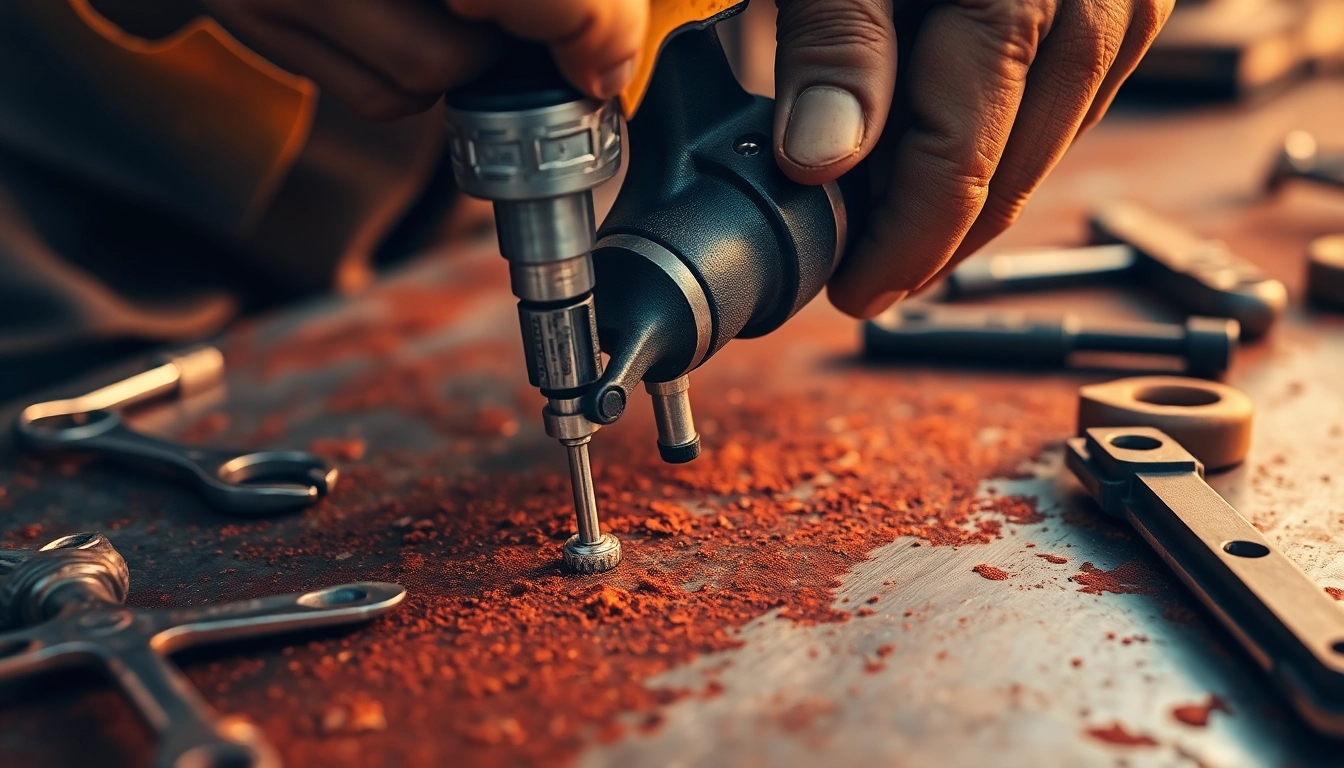

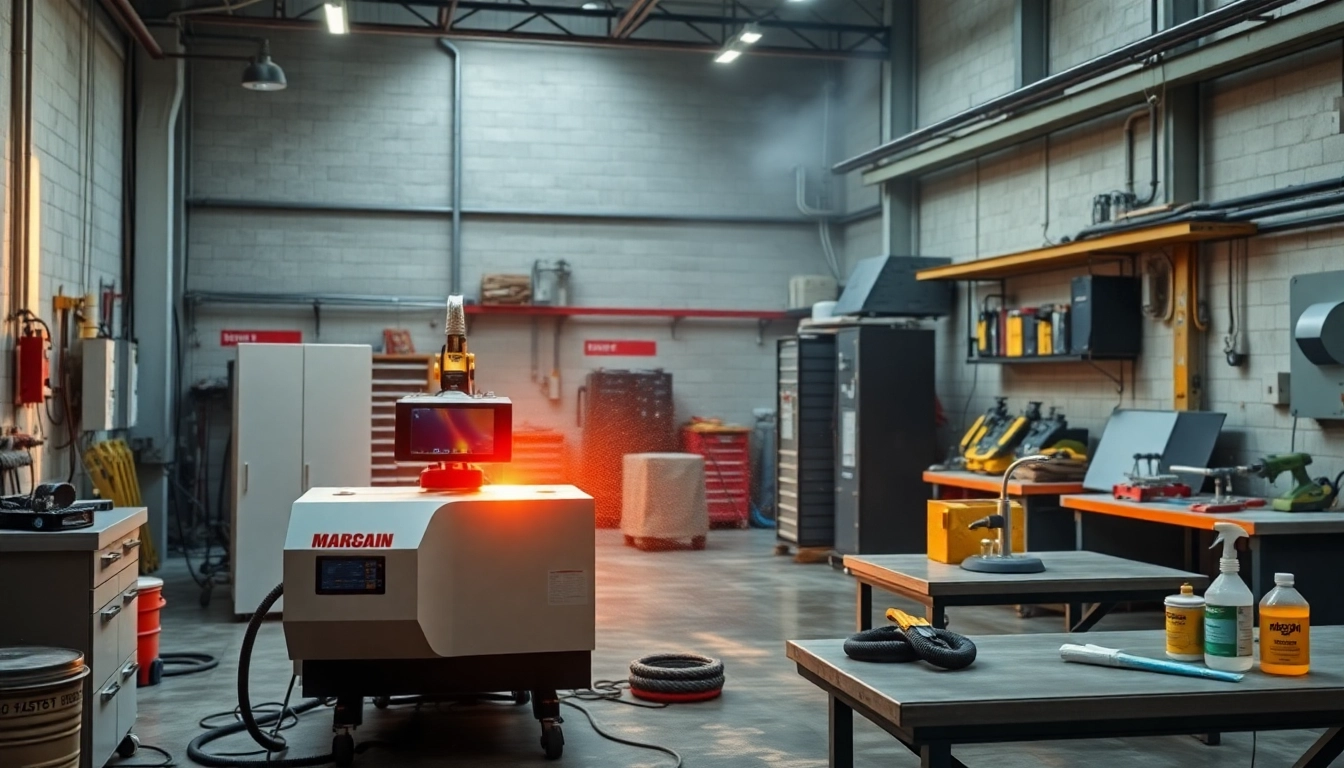
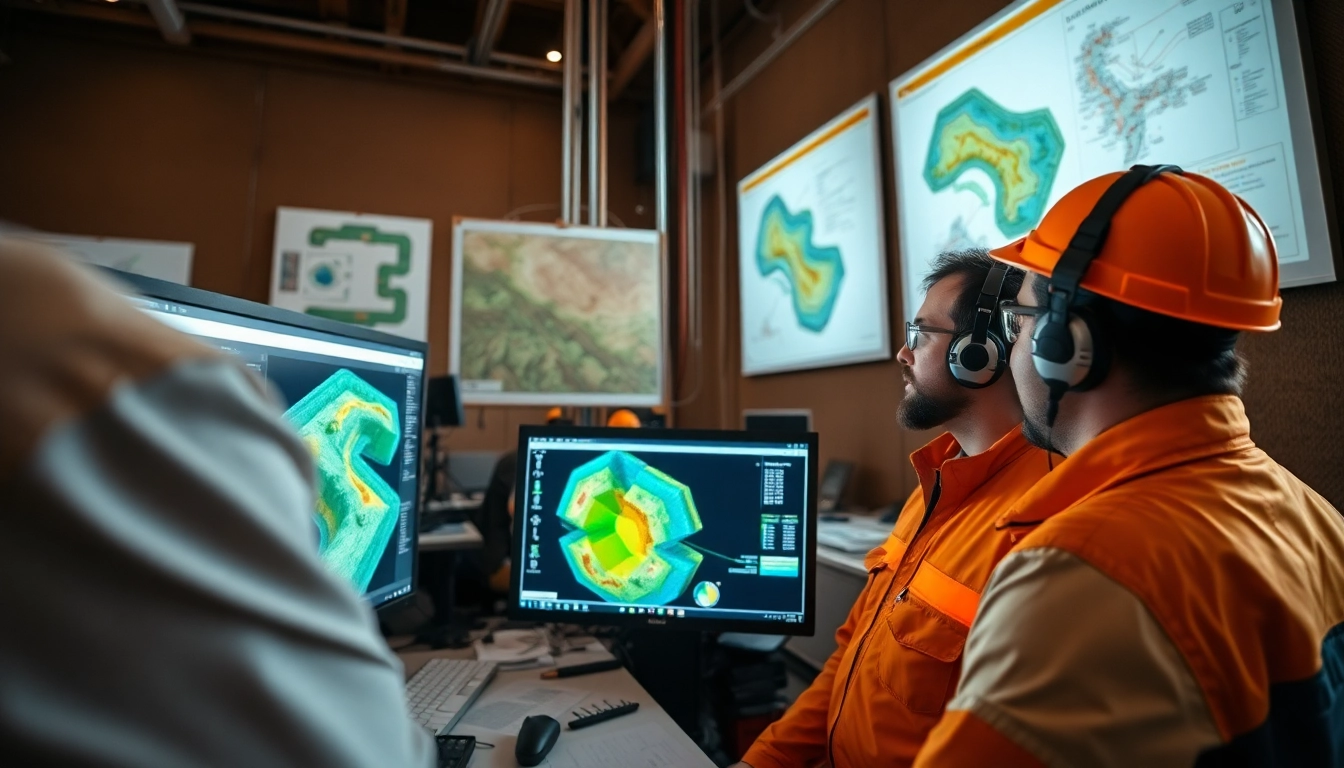






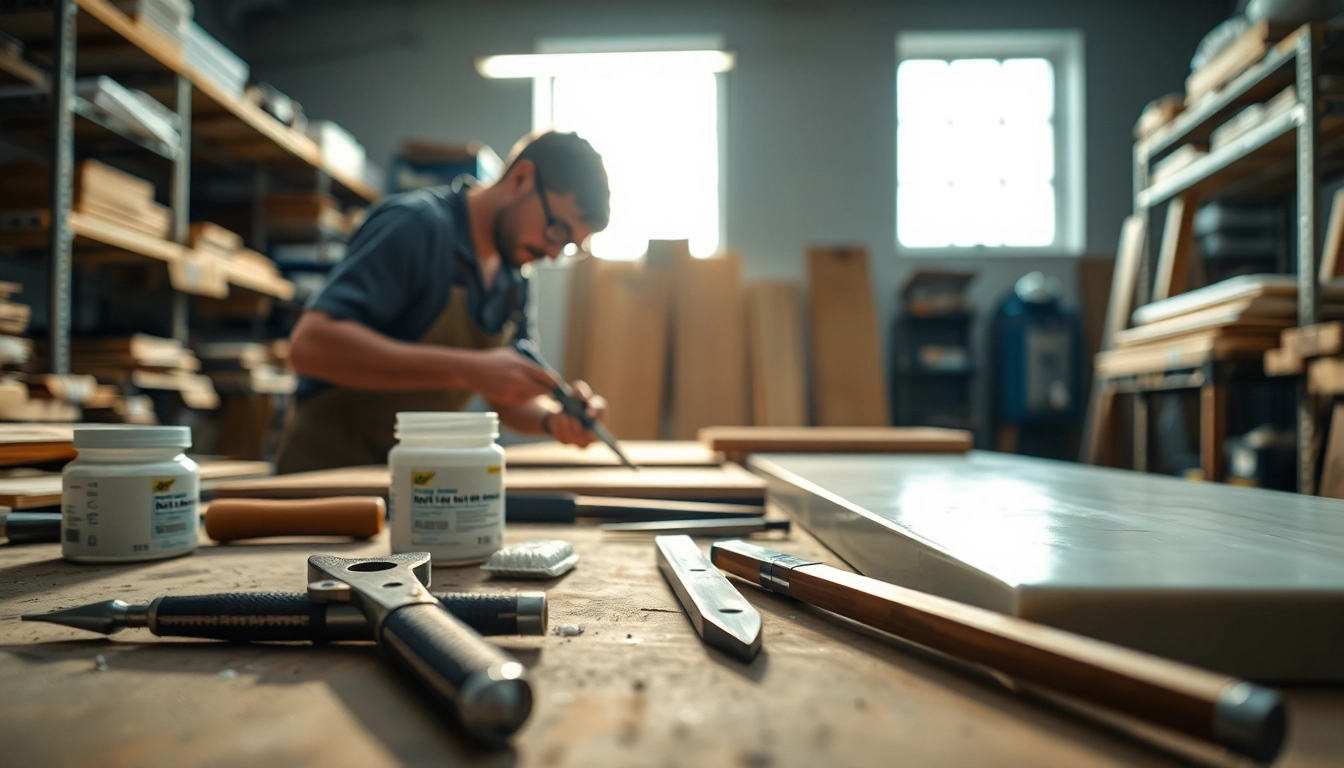
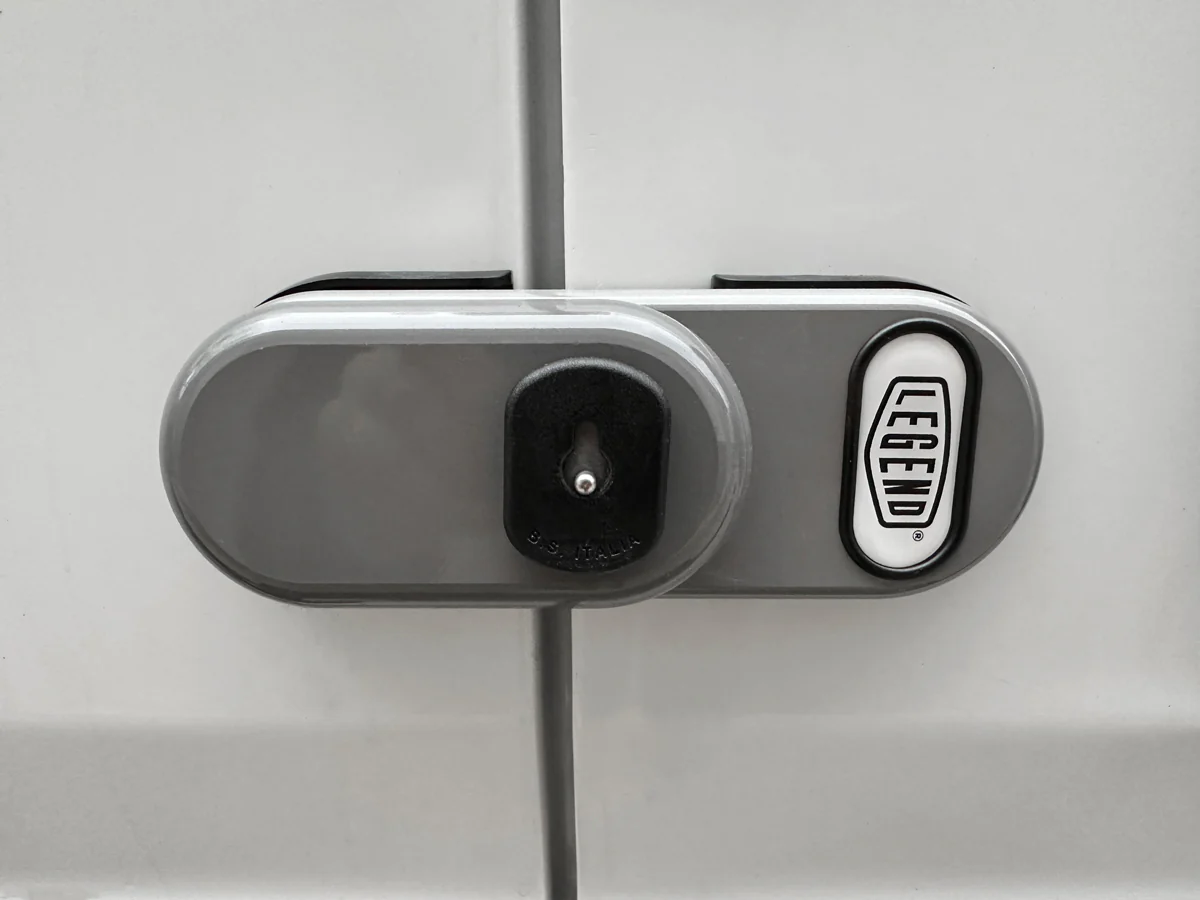
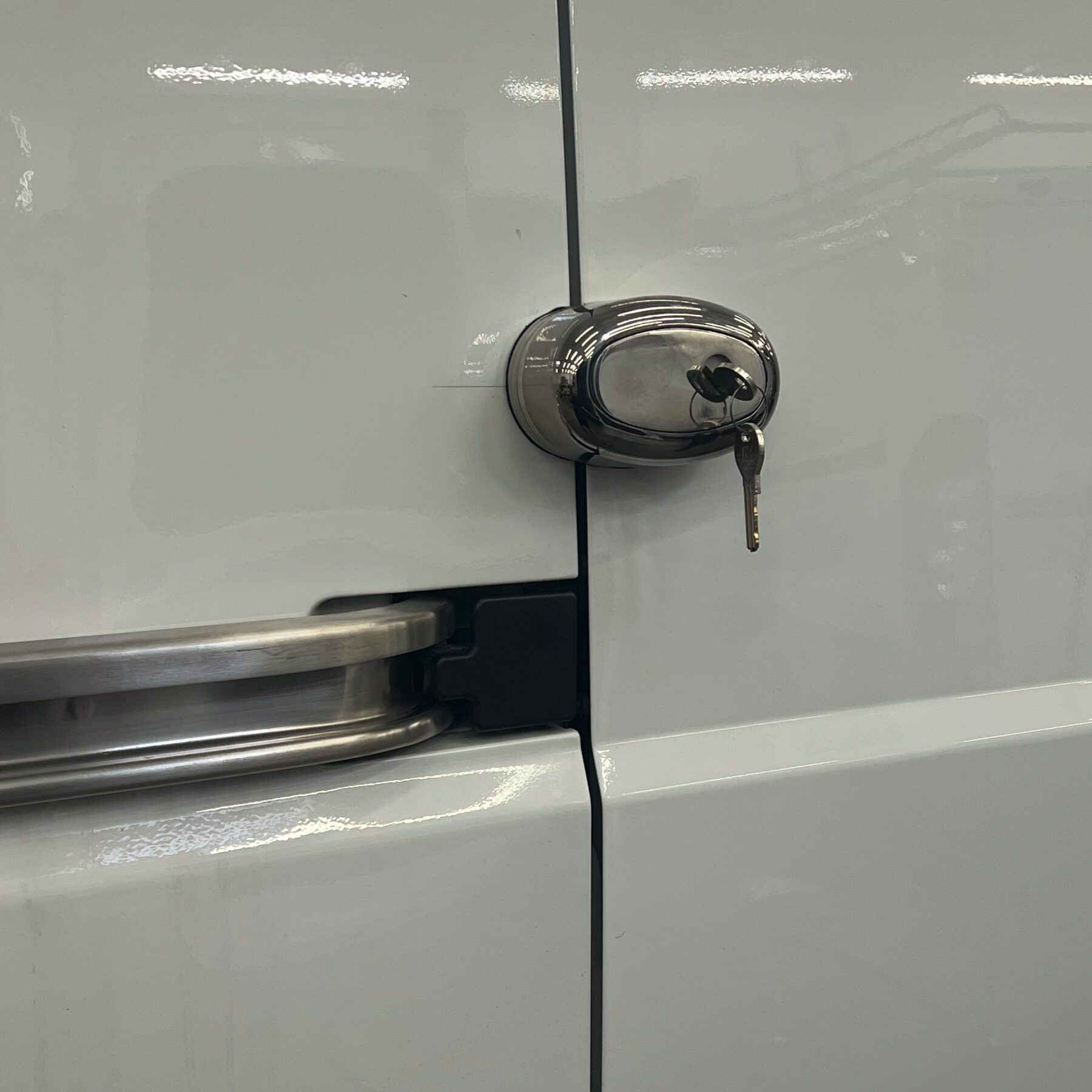

Leave a Reply